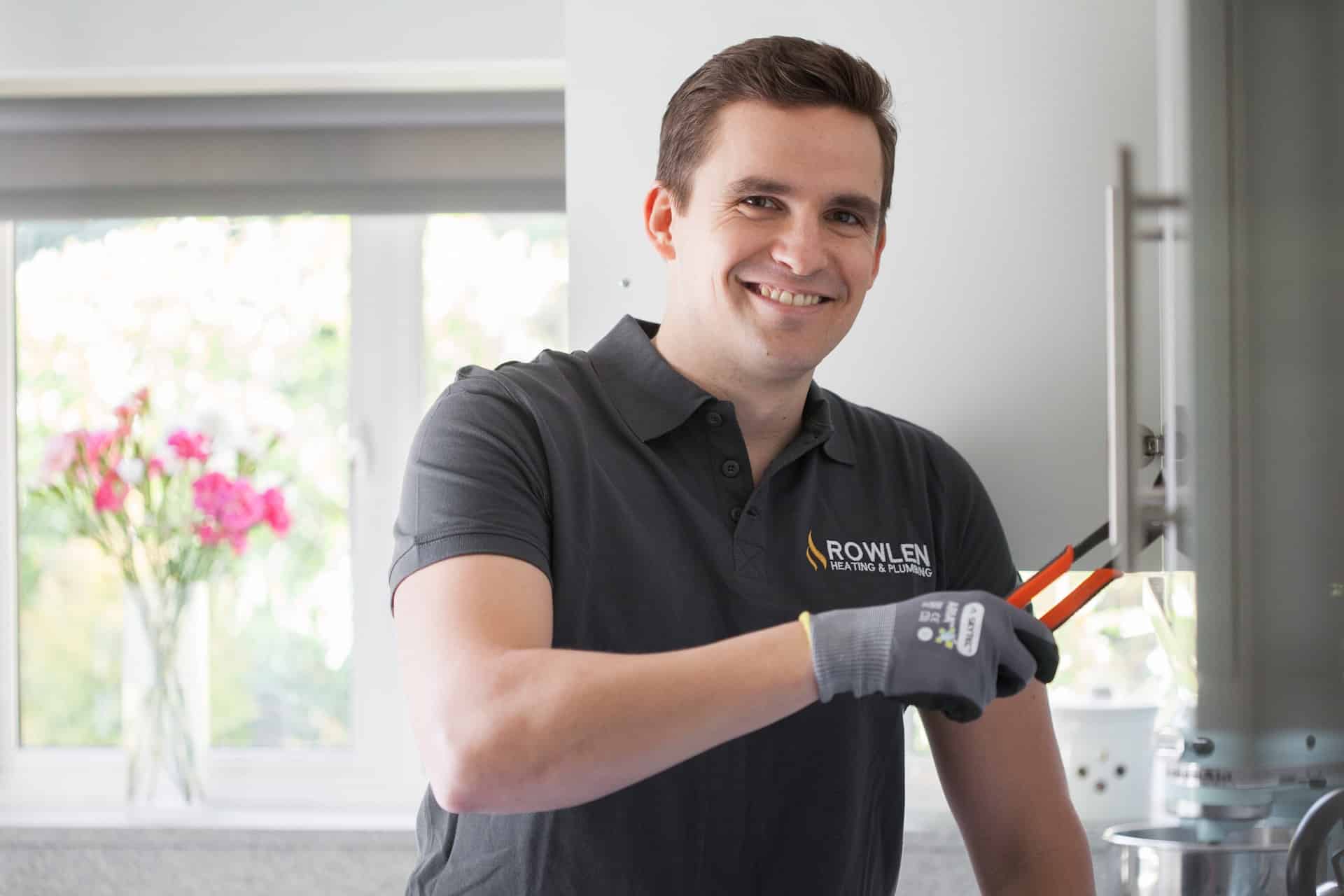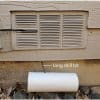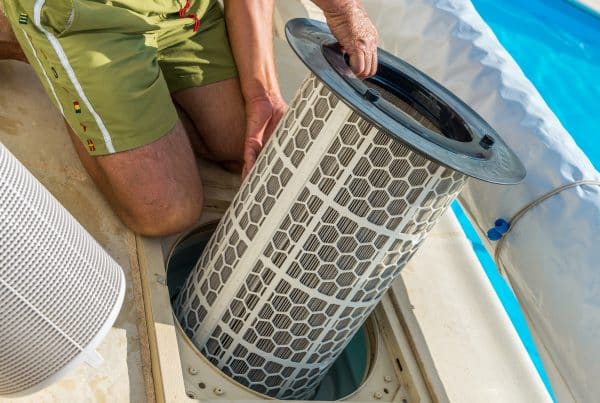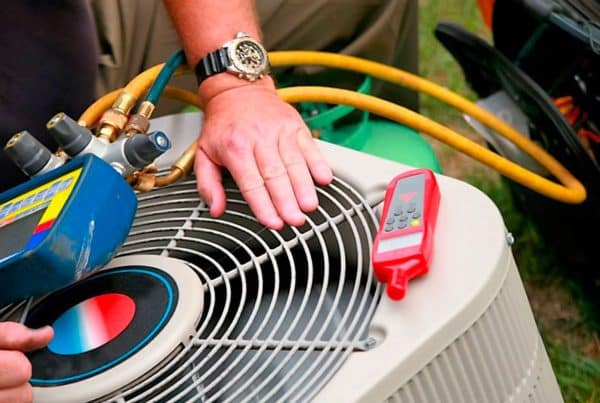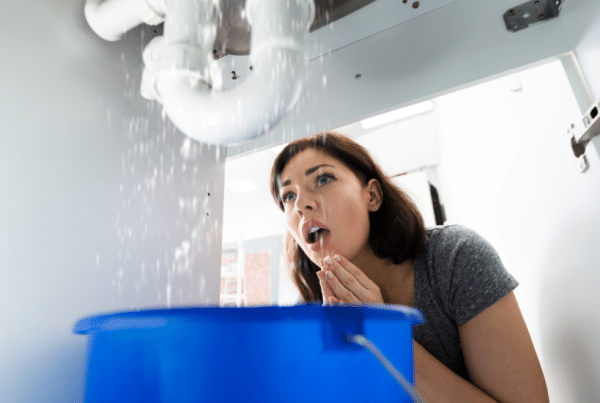A well-maintained plumbing system is crucial for the functionality and comfort of any home or establishment. Regular inspections and maintenance help prevent costly repairs and ensure the smooth flow of water throughout your property. To assist you in keeping your plumbing system in top condition, here’s a comprehensive plumbing checklist:
- Inspect for Leaks: Check all visible pipes, faucets, and fixtures for any signs of leaks, such as dripping or pooling water. Addressing leaks promptly can prevent water damage and save on utility bills.
- Check Water Pressure: Test the water pressure in your faucets and showers. Low water pressure could indicate a clog or a problem with the pressure regulator, while high pressure may strain pipes and fixtures.
- Examine Drains: Ensure that drains are draining properly and free of any clogs. If you notice slow drainage or gurgling sounds, it may indicate a blockage that needs to be cleared.
- Inspect Toilet Functionality: Check toilets for leaks, flush efficiency, and proper filling of the tank. Also, inspect the toilet bowl for cracks or signs of damage.
- Check for Running Toilets: A running toilet can waste a significant amount of water. Add a few drops of food coloring to the tank and wait to see if it seeps into the bowl without flushing, indicating a leak.
- Inspect Water Heater: Check the water heater for signs of leaks, corrosion, or rust. Ensure that it is set to the appropriate temperature (usually around 120°F or 49°C) to prevent scalding and promote energy efficiency.
- Test Shut-off Valves: Locate and test the shut-off valves for sinks, toilets, and appliances to ensure they are functioning correctly. Knowing how to shut off the water in case of emergencies can prevent extensive water damage.
- Check Garbage Disposal: Run the garbage disposal to ensure it is grinding food waste properly and draining efficiently. Avoid putting fibrous or hard-to-grind items down the disposal to prevent clogs.
- Inspect Washing Machine Hoses: Examine the hoses connected to your washing machine for signs of wear, leaks, or bulging. Replace them every few years as a preventive measure against bursts.
- Check Sump Pump: If you have a sump pump, test its functionality by pouring water into the sump pit and ensuring that it activates properly to pump water away from your property.
- Inspect Outdoor Plumbing: Check outdoor faucets, hoses, and sprinkler systems for leaks or damage, especially after winter months when freezing temperatures can cause pipes to burst.
- Schedule Professional Inspection: Consider scheduling an annual plumbing inspection with a licensed plumber. A professional can identify potential issues early, perform preventive maintenance, and ensure the longevity of your plumbing system.
By following this plumbing checklist regularly, you can identify and address minor issues before they escalate into costly repairs. Remember that preventive maintenance is key to maintaining a healthy and efficient plumbing system, saving you time, money, and headaches in the long run.

